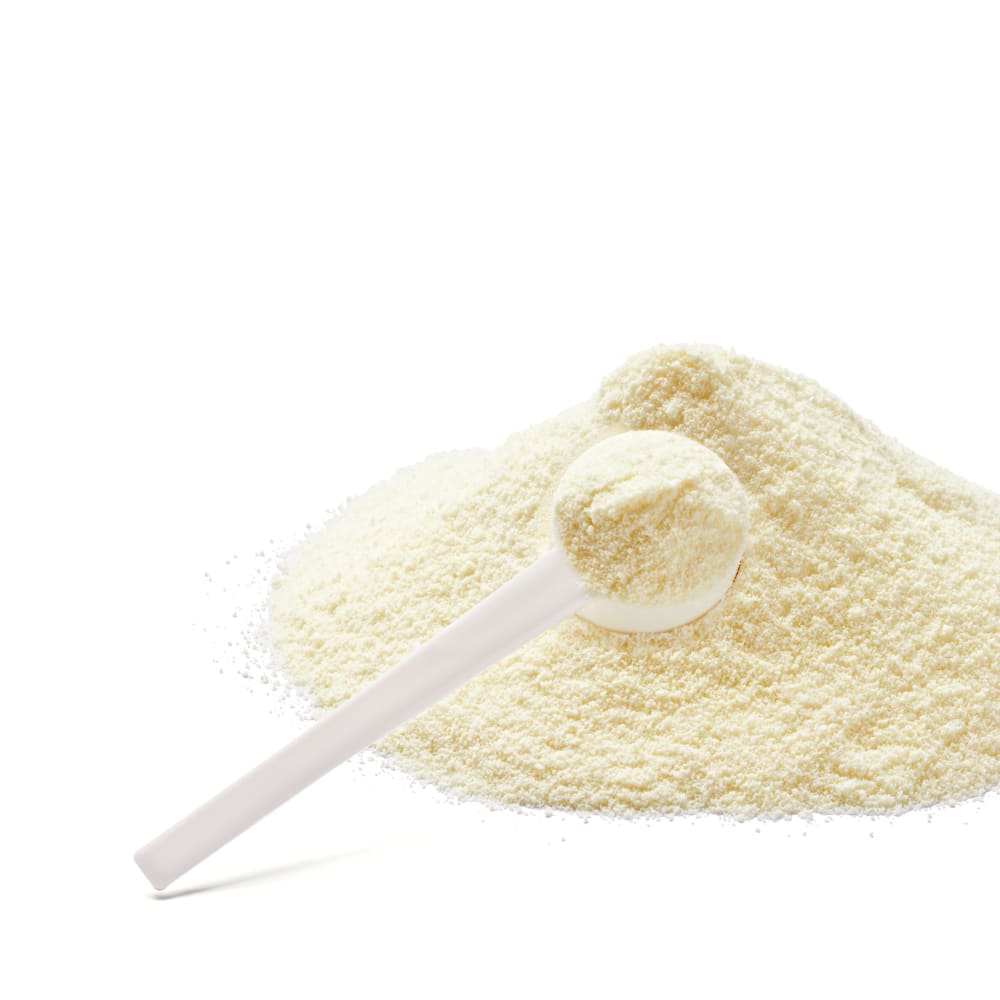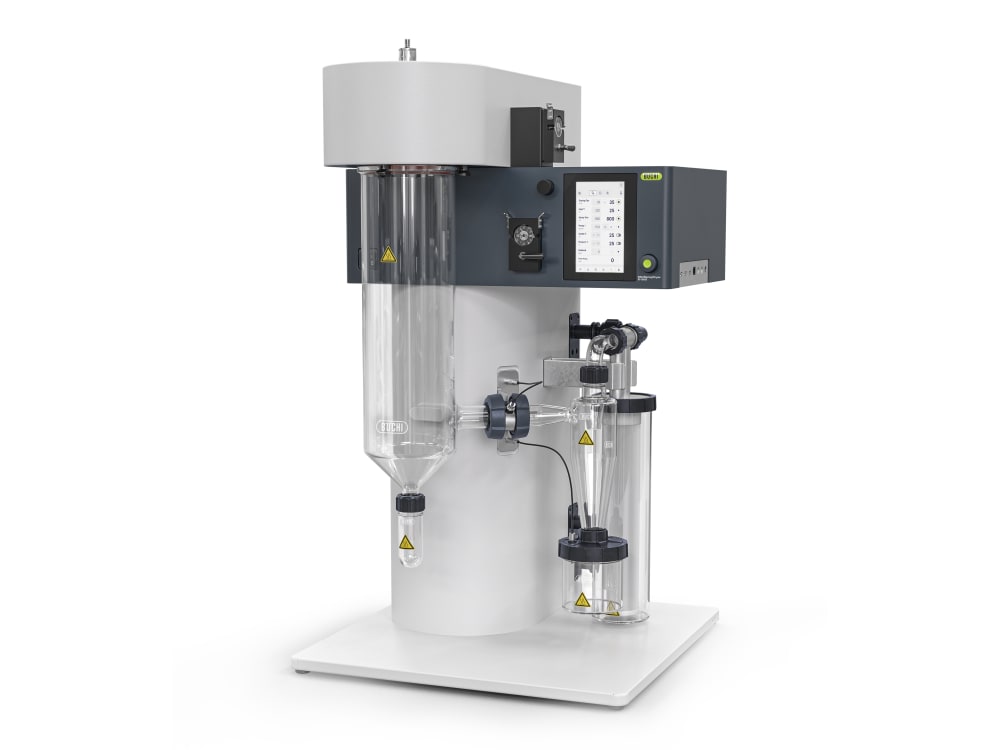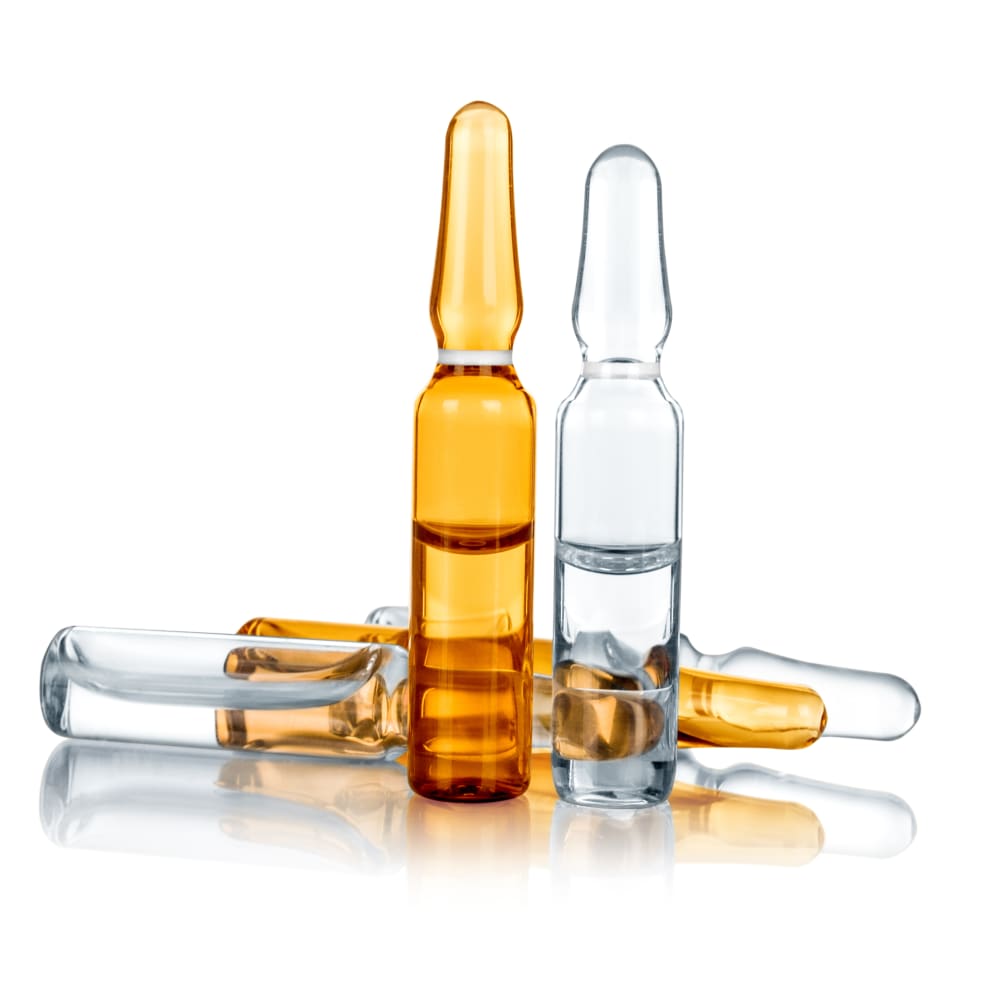
Spray drying has been used as a method to preserve yeast cultures for long-term storage and to produce dry yeast products for food and beverage applications. Yeast cells are first grown in a liquid medium, and then the culture is concentrated and spray dried to form a dry powder.
Spray drying of yeast requires careful optimization of the process parameters such as inlet temperature, outlet temperature, and spray rate to maintain the viability and functionality of the yeast cells. The resulting dry yeast powder should have good rehydration properties, high viability, and the ability to perform well in fermentation and baking applications.
Spray drying of yeast has several advantages over other drying methods such as freeze-drying and vacuum drying, including shorter drying times, lower cost, and higher production capacity. The resulting dry yeast products have a longer shelf life and are easier to transport and handle compared to liquid yeast cultures.
Please find starting paramters and some Results in this Application Note.









